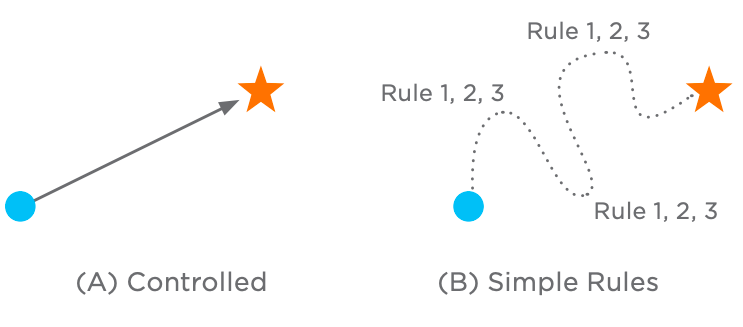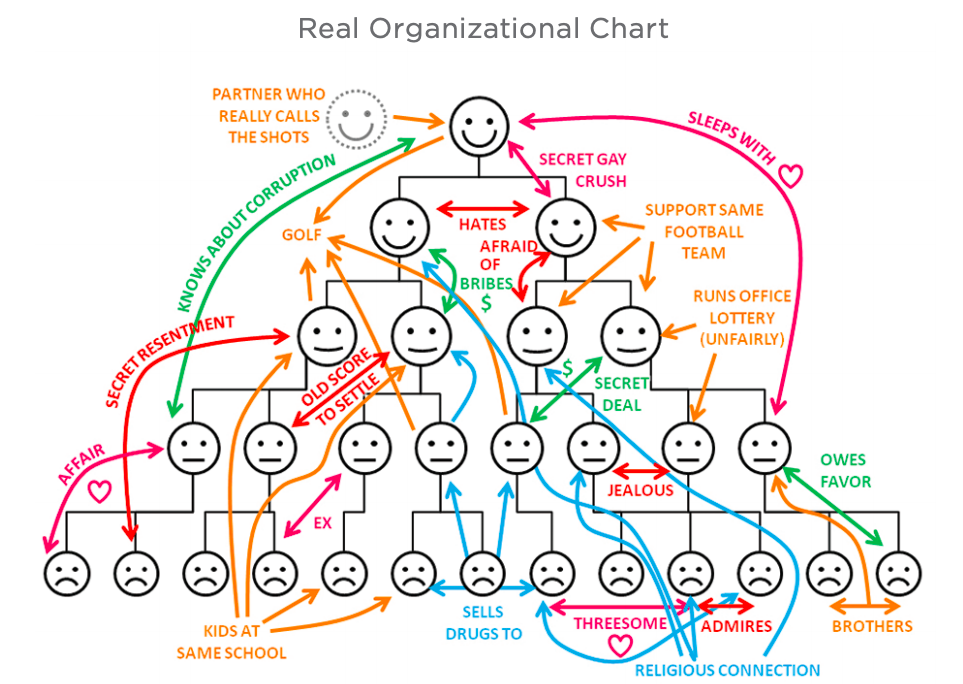Failure Is Feedback
 Derek & Laura Cabrera
·
2 minute read
Derek & Laura Cabrera
·
2 minute read
This post is adapted from Chapter 5 of Flock Not Clock.
Humans are adept learners: we even learn when things go bad. If at first you don’t succeed, fail fast and incorporate the feedback! This is the lesson of Procter & Gamble’s introduction of the (now) popular Febreze product.
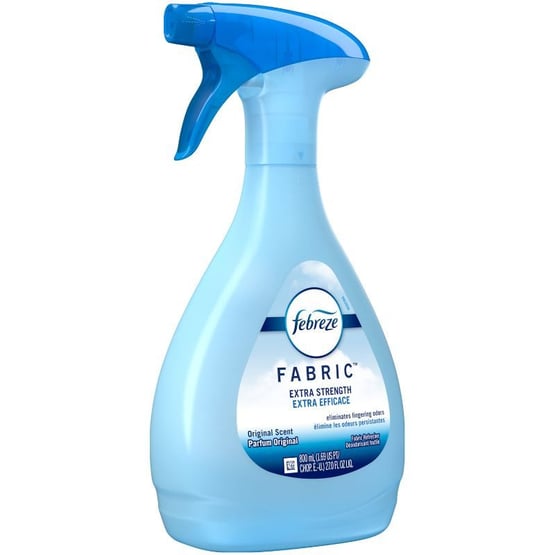 Created in 1993 by P&G, an odorless, colorless, cheap liquid was marketed to people in a way that promised to remove odor. The more they pitched Febreze as an odor-eliminator, the worse their sales became. Confused by this phenomenon, P&G investigated by speaking to consumers directly. In one instance, researchers spoke with a woman from Phoenix, Arizona, who proudly exclaimed that her house smelled fine even though she had nine cats (while to the newcomers her house smelled strongly of cats). Combining psychology with fast failing, the researchers discovered the phenomenon they now reference in their advertisements: going “noseblind.” They coined the term to describe when people develop habits that desensitize them to certain smells—much like muscle memory, but specific to nose.
Created in 1993 by P&G, an odorless, colorless, cheap liquid was marketed to people in a way that promised to remove odor. The more they pitched Febreze as an odor-eliminator, the worse their sales became. Confused by this phenomenon, P&G investigated by speaking to consumers directly. In one instance, researchers spoke with a woman from Phoenix, Arizona, who proudly exclaimed that her house smelled fine even though she had nine cats (while to the newcomers her house smelled strongly of cats). Combining psychology with fast failing, the researchers discovered the phenomenon they now reference in their advertisements: going “noseblind.” They coined the term to describe when people develop habits that desensitize them to certain smells—much like muscle memory, but specific to nose.
 It then became clear that Febreze wasn’t selling as an odor-eliminator because consumers didn’t think that their homes had a bad smell. Having rooted out the problem, P&G accepted their failure and began to work toward a new solution. After recording interviews of their customers, their researchers realized that people seemed proud of their work once they finished cleaning. But it took one specific comment for P&G to finally discover their new angle. After making her bed, one woman stood back, appreciated her work, and then sprayed it with Febreze. In the interview she said, “It’s nice, you know? Spraying feels like a little mini-celebration when I’m done with a room.”
It then became clear that Febreze wasn’t selling as an odor-eliminator because consumers didn’t think that their homes had a bad smell. Having rooted out the problem, P&G accepted their failure and began to work toward a new solution. After recording interviews of their customers, their researchers realized that people seemed proud of their work once they finished cleaning. But it took one specific comment for P&G to finally discover their new angle. After making her bed, one woman stood back, appreciated her work, and then sprayed it with Febreze. In the interview she said, “It’s nice, you know? Spraying feels like a little mini-celebration when I’m done with a room.”
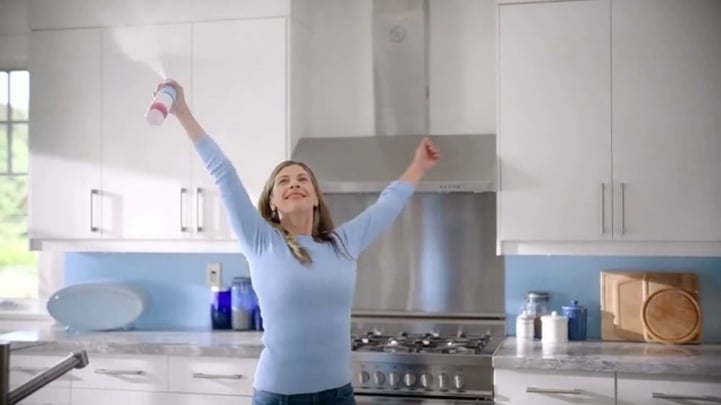
Researchers realized that if they marketed Febreze as a reward for cleaning or as the finishing touch to a clean room, they could tap into the consumer habits and sentiments. Instead of trying to get people to develop new habits by cleaning with Febreze, they used the psychology of cue and reward in order to augment existing habits. The cue was identified as a freshly cleaned room, closely followed by the routine spraying with Febreze, and the reward was “a smell that says you’ve done a great job.”
No one likes being told they have a smelly home, but everyone loves a cherry-on-top closure. After initially losing millions of dollars, Febreze was newly marketed in the summer of 1998, and within two months sales doubled. By the following year, Febreze revenues reached $230 million.
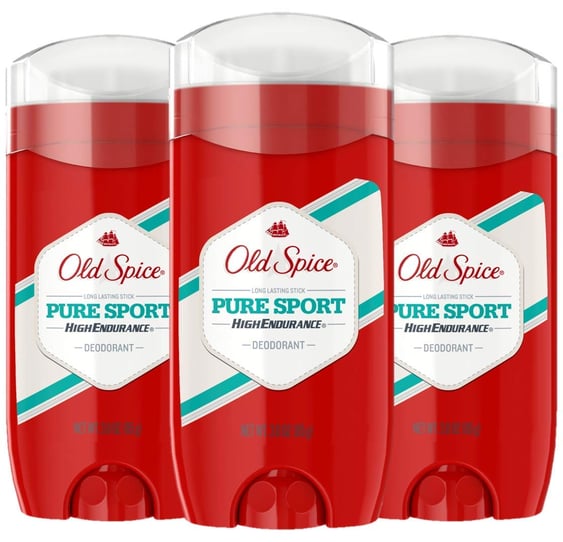
Without P&G’s ability to fail fast and learn from mistakes, Febreze would have been terminated and its potential forgotten. Instead of accepting defeat—or worse, ignoring it—P&G asked a simple yet difficult question: “Why did we fail?” Not only must companies be willing to fail, they must then ask hard questions of themselves and their customers, and scrupulously apply the feedback. In this way, organizational failures can be as powerful as successes. This painstaking process of investigation and reflection allowed for new discoveries and a re-direction that saved Febreze. More important, we can still see these valuable lessons being applied at P&G with the booming revival of their product Old Spice in 2010.
.png?width=150&height=150&name=CRL%20GOAT%20Logo%20(4).png)

